Marble Madness: The Classic Arcade Game That Defies Gravity
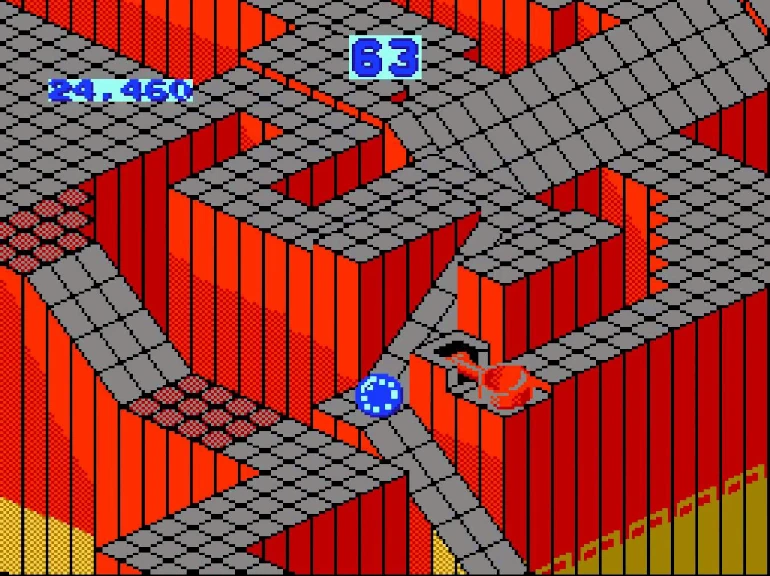
In 1984, Atari brought one of the most original and addictive games of its time to arcades: Marble Madness. In this game, players took control of a marble with the goal of reaching the finish line, dodging obstacles and enemies along the way. This title left an unforgettable mark on video game history and has been adapted to multiple platforms. In particular, the Amiga and X68000 versions faithfully captured the essence of the original arcade game. Marble Madness was also included in Atari’s second compilation of classic games for the PSX, called Arcade's Greatest Hits, alongside other gems from the company like Gauntlet and Paperboy.
Gameplay in Marble Madness: Controls and Challenges
The gameplay of Marble Madness varies depending on the platform. In the arcade version, players use a trackball, giving them full analog control over the marble. However, on home consoles, the controls switch to the directional pad or mouse, with an extra button acting as a turbo boost to give the marble more speed in certain situations—helping to balance out the lack of precision compared to the trackball.
The goal of the game is to beat all six levels within a time limit, with the toughest challenge coming in the final stage, which takes hours of practice to master. Marble Madness offers both single-player and two-player simultaneous modes, letting players compete or team up in the adventure.
Graphics in Marble Madness: An Extra Dimension
The 2D stages in Marble Madness feel three-dimensional thanks to the game’s isometric perspective. Despite their simplicity, the enemy sprites—like other marbles, tubes, and acid blobs—are well-animated and fit perfectly with the level designs. The game features smooth scrolling, ensuring an uninterrupted experience.
One of the standout visual touches is the animations for your marble. These sequences show it getting swept away by a broom when destroyed or getting dazed after a hard hit, complete with stars spinning around it—adding a fun, humorous touch to the game.
Music and Sound in Marble Madness
The music in Marble Madness features a unique track for each level. These tunes are catchy and help build tension as you progress. The sound effects are also high-quality, with standout moments like the sound of your marble hitting enemies or walls. A special mention goes to the occasional vacuum sound, which tries to suck up your marble, adding an extra layer of suspense.
Gameplay of Marble Madness Arcade
Oh, and don’t forget—this game has a real two-player mode. None of that "take turns" nonsense. You’re both playing at the same time, which cranks up the chaos Marble Madness is known for.
The game got ported to a bunch of systems, but let’s be honest—it’s just not the same without the trackball. (Though if you were really desperate, you could hunt down an NES trackball controller for that authentic arcade feel.)
Marble Madness is a short game if you’re good at it, but make no mistake—it’s the ultimate trial-and-error challenge. I don’t know if it was the trackball gimmick, the pseudo-3D look, or just how different it was, but something about this game always grabbed me. Even now, it stands out as one of the most unique arcade games of the ’80s.
Honestly? It might be my favorite arcade game from that era. Anytime I spot it at a retro arcade or some random cabinet, I’ll always drop a few credits just to give it another go.
Conclusion: Marble Madness, a Classic with Addictive Gameplay
Marble Madness is one of those simple yet incredibly addictive games that shines because of its gameplay and replay value. Even today, it has a dedicated fanbase. It’s credited with creating a genre—after its release, other notable games followed, like Spindizzy for the Amiga, which had similar mechanics but with a more strategic twist, challenging players to guide a spinning top instead of a marble through various stages.
 Go Go Mile Smile Arcade: A Classic Retro Gaming Experience
Go Go Mile Smile Arcade: A Classic Retro Gaming Experience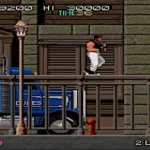 Bad Dudes vs. Dragon Ninja: Reviving the Excitement of 80s Arcade Glory
Bad Dudes vs. Dragon Ninja: Reviving the Excitement of 80s Arcade Glory BIG FIGHT: BIG TROUBLE IN THE ATLANTIC OCEAN: Unveiling the Epic Brawl!
BIG FIGHT: BIG TROUBLE IN THE ATLANTIC OCEAN: Unveiling the Epic Brawl!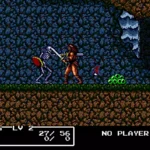 Cadash Unleashed: Exploring a Forgotten Gem
Cadash Unleashed: Exploring a Forgotten Gem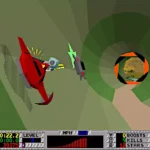 STUN Runner Arcade: Racing Through the Futuristic Frontier
STUN Runner Arcade: Racing Through the Futuristic Frontier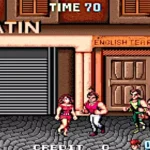 Double Dragon 1 Arcade: Pioneering the Golden Era of Beat-'Em-Ups
Double Dragon 1 Arcade: Pioneering the Golden Era of Beat-'Em-Ups TrickStyle Review for the Sega Dreamcast
TrickStyle Review for the Sega Dreamcast Tumblepop Arcade – Heroes With Superpowered Vacuums!
Tumblepop Arcade – Heroes With Superpowered Vacuums! Ninja Five-O GBA: Exploring the Shadows of Game Boy Advance"
Ninja Five-O GBA: Exploring the Shadows of Game Boy Advance"
![Arcade Longplay [519] Marble Madness](https://i.ytimg.com/vi/XzlA1JTPMto/hqdefault.jpg)
Leave a Reply